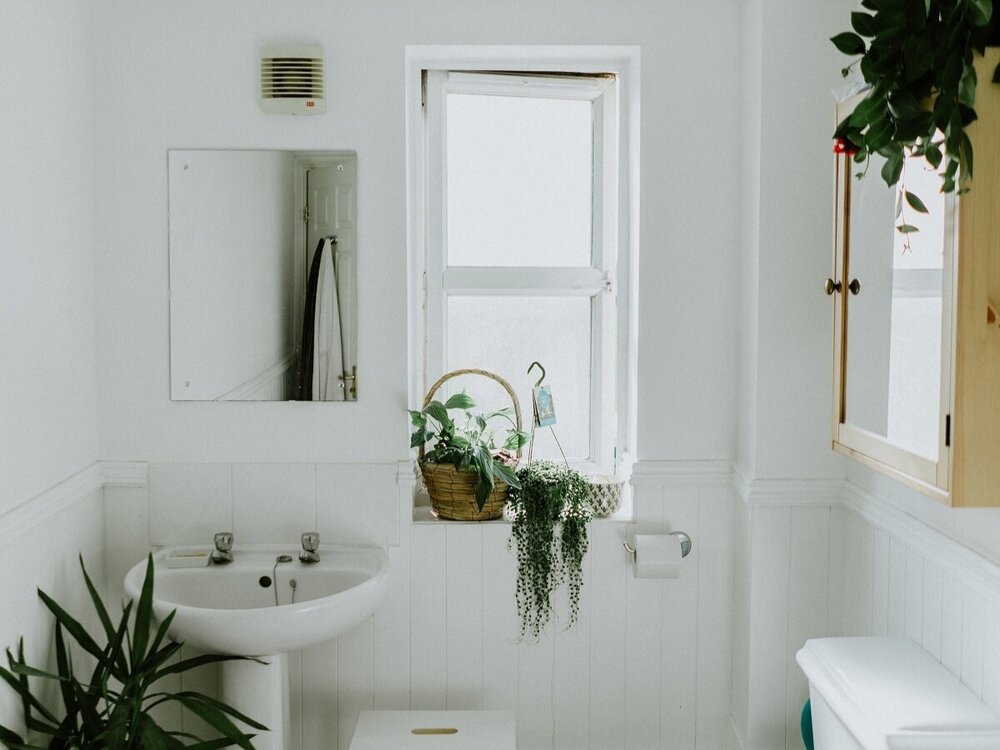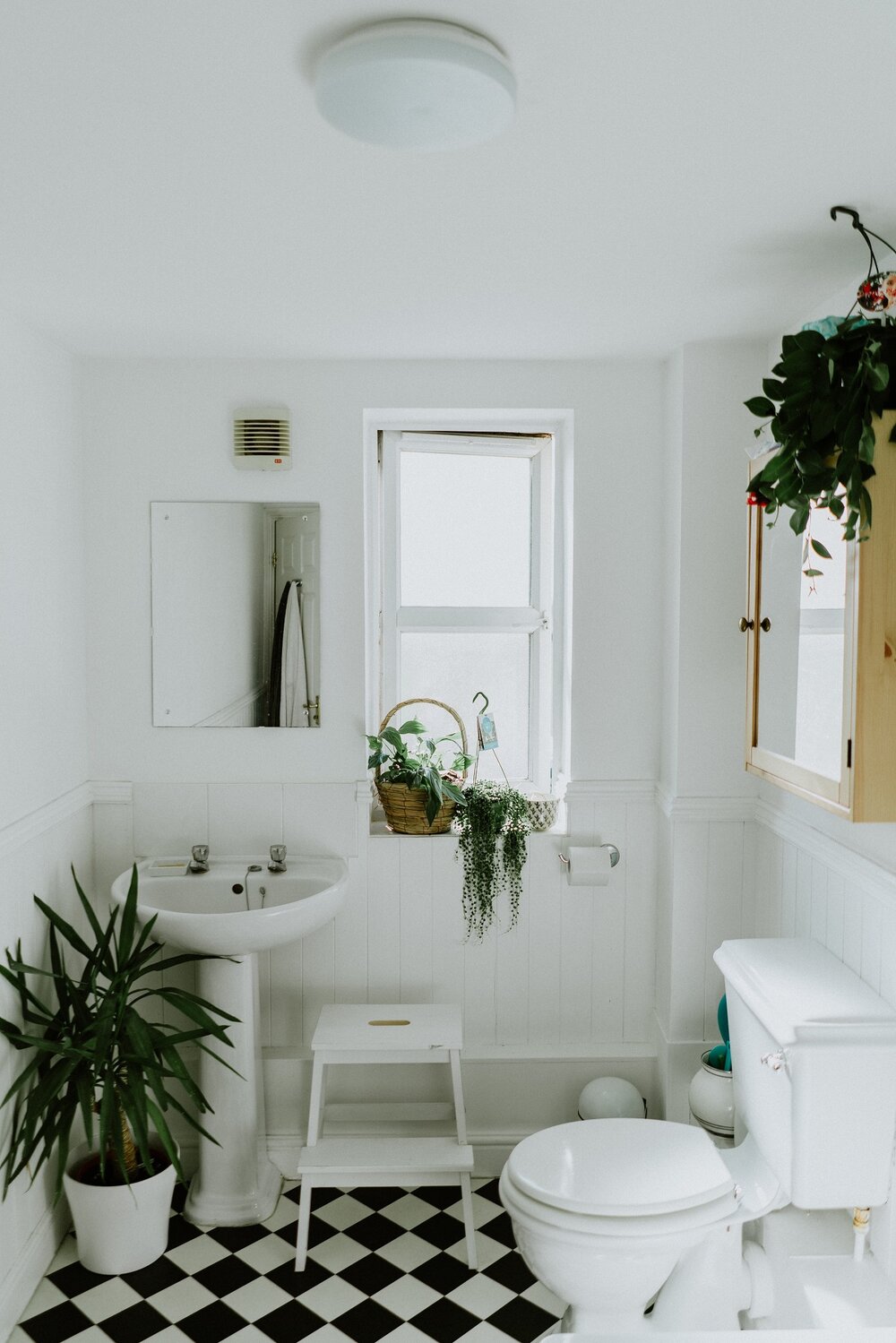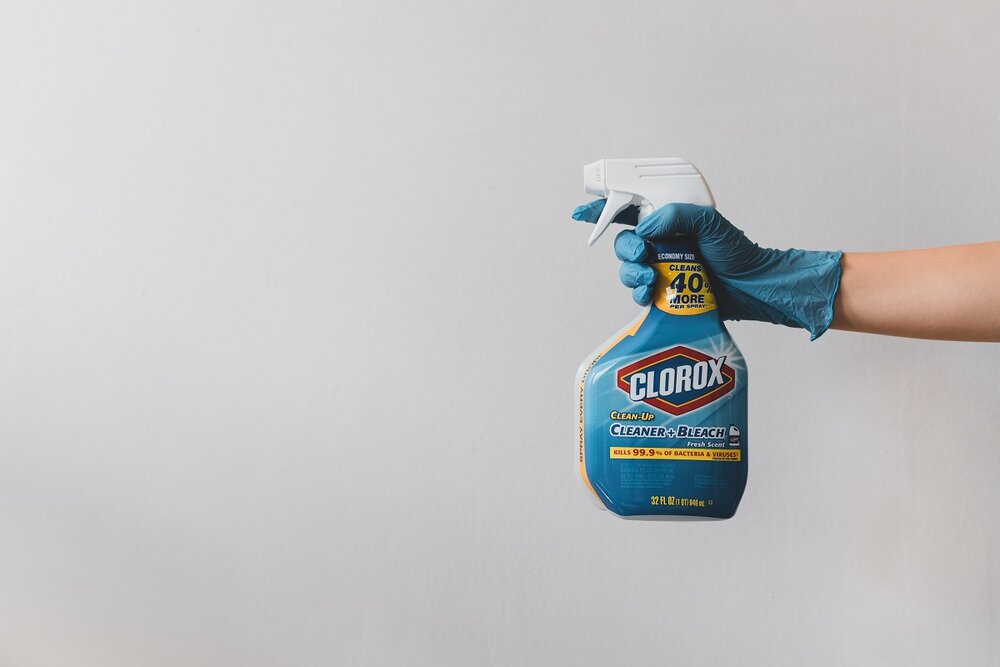June 4, 2020
Mold in Utah Homes: What You Need to Know

Mold in Utah homes is a very real problem that many residents deal with annually. Have you ever found mold in an area of your home in Utah? Do you know how to get rid of mold? Maybe you weren’t even aware that mold can pose a problem for Utah residents.
Whatever your situation is, we’re here to tell you everything you need to know about mold in Utah homes!
Is mold a problem in Utah even with such a dry climate?
One of the top questions Utah residents have about mold is, “How can mold be a problem in Utah when there’s such a dry climate here?”
The thing about mold is that it can grow wherever there is a little bit of excess moisture. While mold does not often occur outdoors in Utah, inside buildings (including homes) is another story. Bathrooms and basements in Utah homes are two of the most common places for mold to appear.
Furthermore, many Utah residents use a humidifier in their homes to help balance out Utah’s extremely dry air. Because humidifiers blow steam or mist into the air, they do carry the risk of causing a buildup of moisture in a specific area that could lead to mold growth.
Plus, factor in situations such as leaky pipes that can lead to spillage and flooding in homes, and we have the perfect breeding ground for mold.

Most common molds found in Utah homes
So, what are the most common molds found in Utah homes? And how can you tell different kinds of mold apart?
Here’s everything you need to know about the most common Utah molds….
Aspergillus
When you think of mold, what do you picture? A thin, green-tinged, cotton-y substance? This is often the first kind of Utah mold that comes to mind for many people. This kind of mold is officially called Aspergillus. In Utah homes, Aspergillus can be found growing on food items, air conditioning units, and other areas where moisture has accumulated. While this mold isn’t toxic, it can still cause allergy symptoms in Utahns. People with weakened immune systems and lung conditions are especially at risk of developing an infection from this mold type.
Cladosporium
Cladosporium is another common mold often found in Utah homes. This mold is known for its greenish-black color, but can also be olive-toned, brown, or black. If you have mold on the back of your toilet or anywhere else in your bathroom, such as any painted walls or cabinets, you’re likely looking at Cladosporium. Bathrooms are a popular spot for this mold to pop up because of how much more humid this room normally is. However, Cladosporium is also known to be found in other parts of Utah homes, such as the air ducts and attics.
Like other common Utah molds, this one is not extremely toxic to breathe, but can trigger allergic reactions and asthma attacks.
Many times, people in Utah worry if they see a black or brown mold growth in their home, fearing that it’s the dreaded black mold. However, Cladosporium is much more commonly found than black mold in Utah homes, so it is likely nothing to worry about.
Stachybotrys (black mold)
What is black mold anyway? Is it really that dangerous?
As we’ve seen already, there are many kinds of mold that are black in color. However, “black mold” refers to a specific type of mold that may be linked to some more serious side effects than the typical mold symptoms. The official name for black mold is Stachybotrys. It is greenish-black in appearance and can be either wet and slimy or dry and powdery.
What makes black mold (Stachybotrys) worrisome is that it releases mycotoxins, which are a toxic substance. Mycotoxins can cause severe organ damage, skin inflammation and rashes, respiratory problems, mold poisoning, immunosuppression, fatigue, and migraines. However, even though mycotoxins can cause these problems, there’s not necessarily proof that inhaling black mold spores can actually cause these issues. There is some evidence that people can have severe reactions to mycotoxin exposure from black mold, though scientists and doctors are still looking to solidify that link.
Black mold can be found anywhere with excess moisture that is left alone, such as air vents, bathrooms, pipes, drywall, basements, etc. Like other, common Utah molds, it is probable that exposure to Stachybotrys will cause the average kind of allergy symptoms in Utah residents.

What are mold symptoms?
There are several common mold allergy symptoms that Utah residents experience upon exposure to a household mold. These mold symptoms include:
- Watery, itchy, or burning eyes
- A runny nose and/or sneezing
- A sore, itchy throat and/or coughing
- Skin rashes
- Difficulty breathing
Utah residents with asthma or allergies are more likely to experience these symptoms, but even Utahns with no underlying health condition are susceptible to these health effects.
How to remove mold in Utah homes
If you have visible mold in your Utah home and/or experience some of the symptoms listed above, it’s time to clean your house of all mold!
Air duct cleaning rids Utah homes of mold
One of the top places that mold accumulates in Utah homes that you may not notice is inside your home’s air ducts. Between roofing leaks, leaky pipes, and the tight quarters, it is not uncommon for moisture to build up in air vents and not be able to dry or drain properly. When that occurs, mold starts to grow and is often not caught before it has spread widely in the home’s air duct system.
If this mold is not thoroughly cleaned from your Utah home’s air ducts, it will probably trigger mold allergy symptoms for you and your family. Think about it: whenever you run your heating or air conditioning systems, the air runs through the duct system in your home. Whatever particles are in your air ducts will be picked up and distributed throughout your home with the airflow. This means you and your family will be much more likely to breathe in mold spores that had been stuck in your vents.
We highly recommend having your Utah home’s air ducts cleaned on a regular basis to prevent extreme mold growth from moisture buildup and to remove any mold that has already begun to populate. If you’re a Utah resident interested in having your air ducts cleaned for mold, call Crystal Clean Vents, a professional Utah air duct cleaning company. Before you book your cleaning service, we’ll even do a free air duct inspection on your home’s vents to check for any mold and other particle buildup!

Other top ways to get rid of mold in Utah homes
Along with air duct cleaning, there are several other ways to clean your home of mold and prevent excessive mold growth. Here’s what we recommend:
- If you see mold in your home, use disinfectants approved for mold to clean areas you can reach yourself.
- Use a homemade bleach and water solution to kill and remove mold (remember: don’t mix ammonia with bleach; it’s extremely toxic to breathe!)
- For a more natural route, use baking soda or vinegar cleaning solutions.
- Be careful where you set up and run your humidifier…make sure it’s a well-ventilated area.
- Wash all clothes, blankets, rugs, etc. with mold on them on a hot water, heavy duty cycle.
- If any porous materials in your home, such as carpets, rugs, pillows, furniture, drapes/curtains, etc., have been soaked with excess water for over 24 hours and have visible mold, replace them.
Mold in Utah homes can cause a lot of irritation to people and structure damage if not cleaned properly. Being aware of what kinds of molds you may find in your home will ensure you know what to look for and can catch mold growth earlier on. Plus, if you ever do find mold growing in your home, now you know what to do to take care of it!
If you’re a Utah resident living in the Salt Lake City area or the Wasatch Front, don’t forget to call Crystal Clean Vents to schedule your free air duct inspection to see whether there’s mold in your home’s air vents.

Leave a Reply